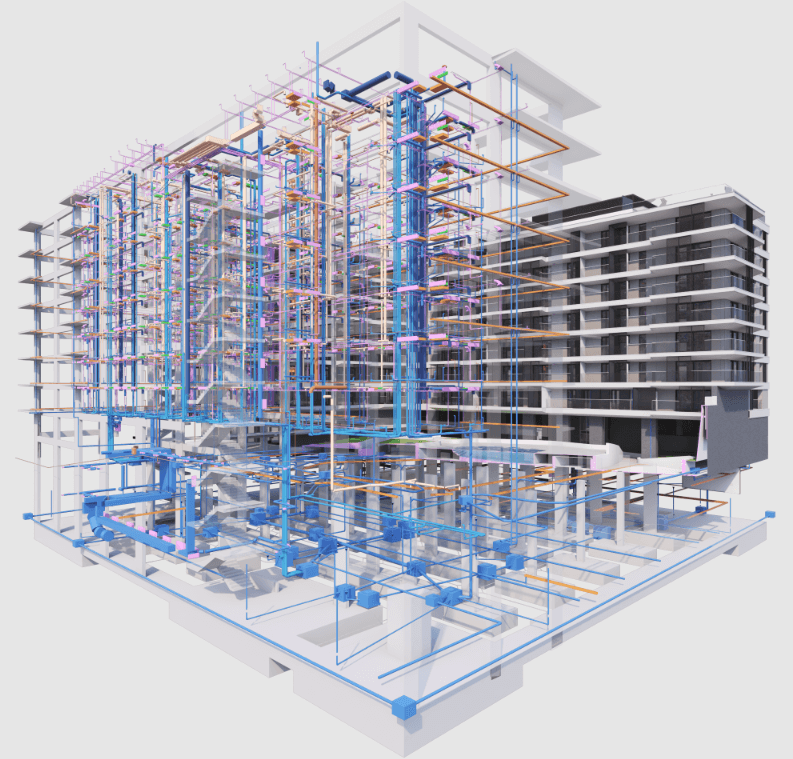
COBie Data Insights: Advancing Facility...
November 18, 2025
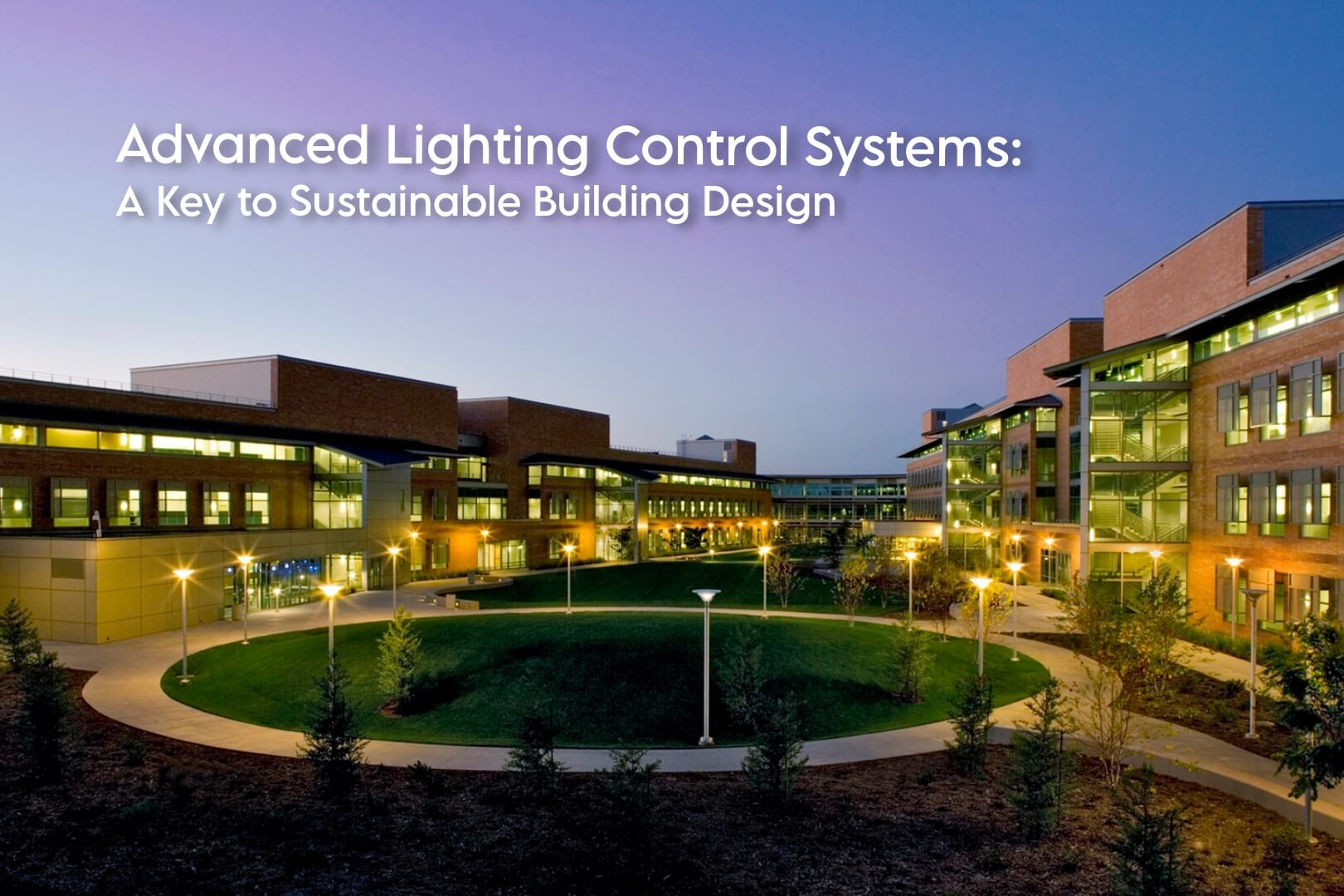
Lighting Controls: The Smart Way to Save Energy (and Earn LEED Points)
Ever wished the lights in a room knew exactly what you wanted? Bright when you’re working, softer when the sun is shining, and completely off when you leave? Good news, that wish is already a reality. Smart lighting controls quietly manage it all, saving energy, reducing costs, and even helping buildings earn LEED (Leadership in Energy and Environmental Design) certification.
Lighting is essential, nobody likes working in the dark, but it also eats up 20–30% of a building’s energy. Without controls, lights often stay on far longer than needed: empty corridors glowing at midnight, classrooms lit during sunny days, or parking areas shining when no one’s around.
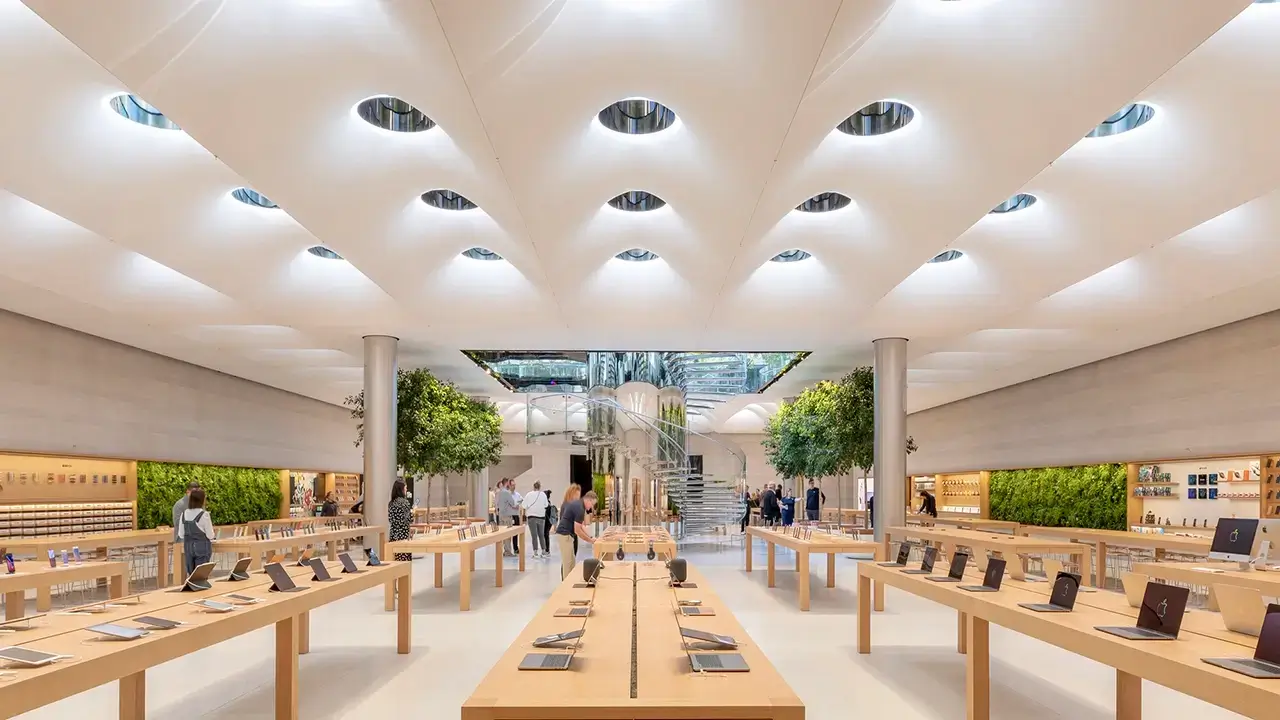
Lighting controls fix this elegantly. They:
Think of them as the building’s way of being energy-conscious, without nagging anyone to flip a switch.
Pretty much everywhere. If a building has lights, controls can make them smarter:
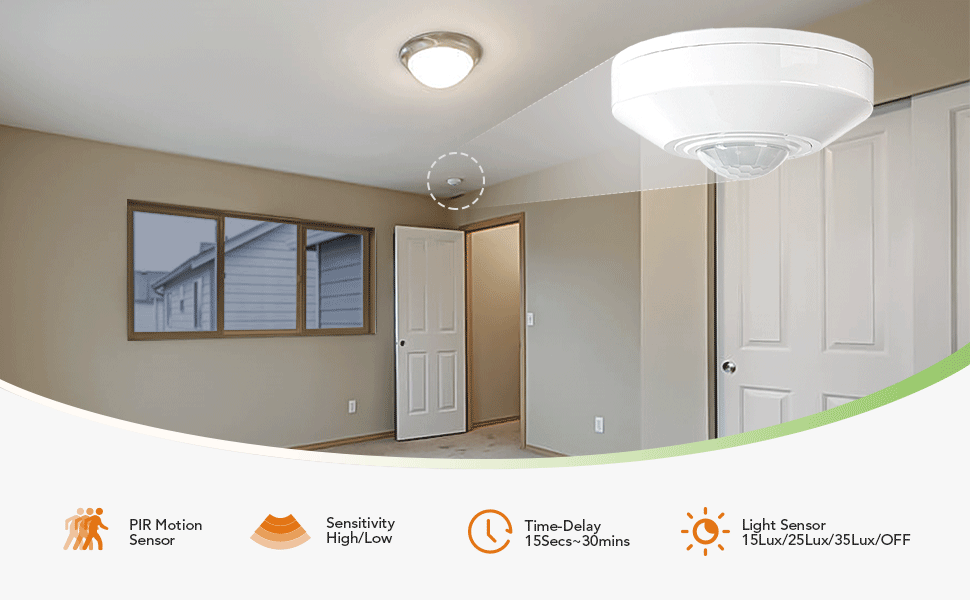
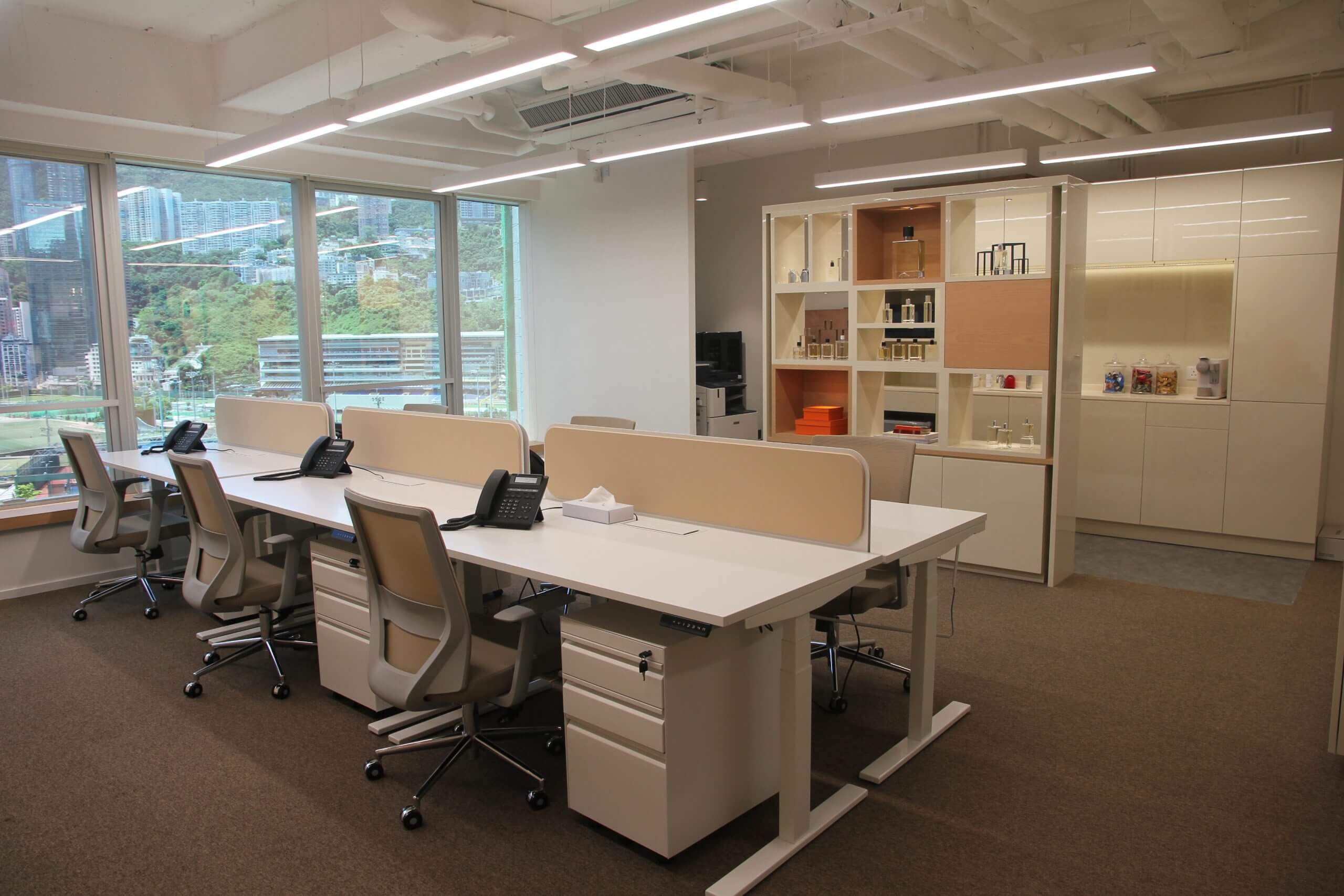
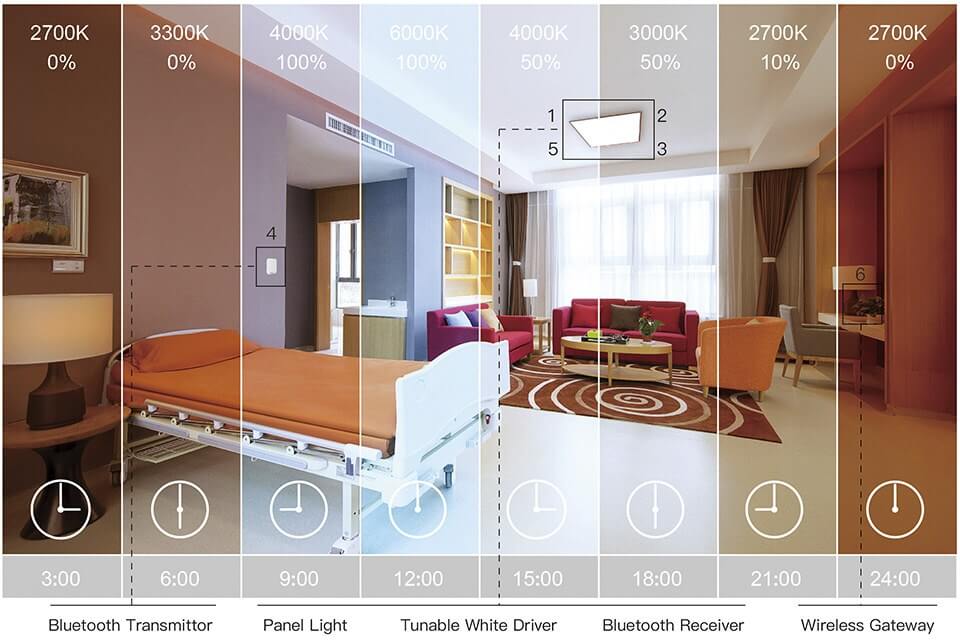
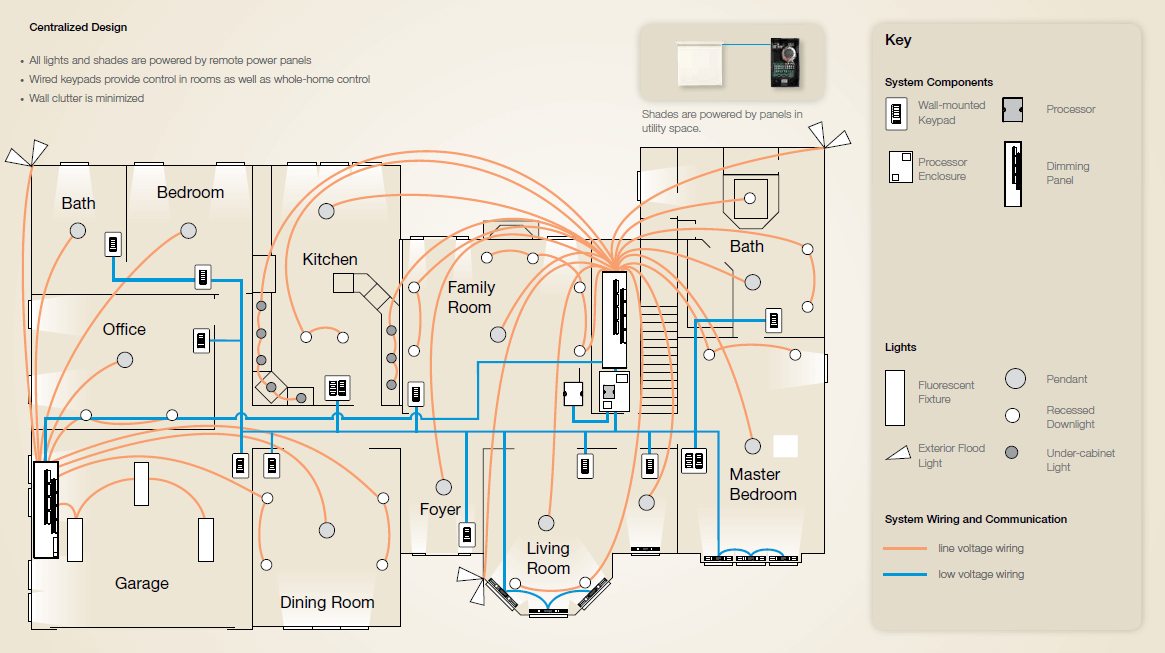
Lighting controls fit neatly into LEED categories:
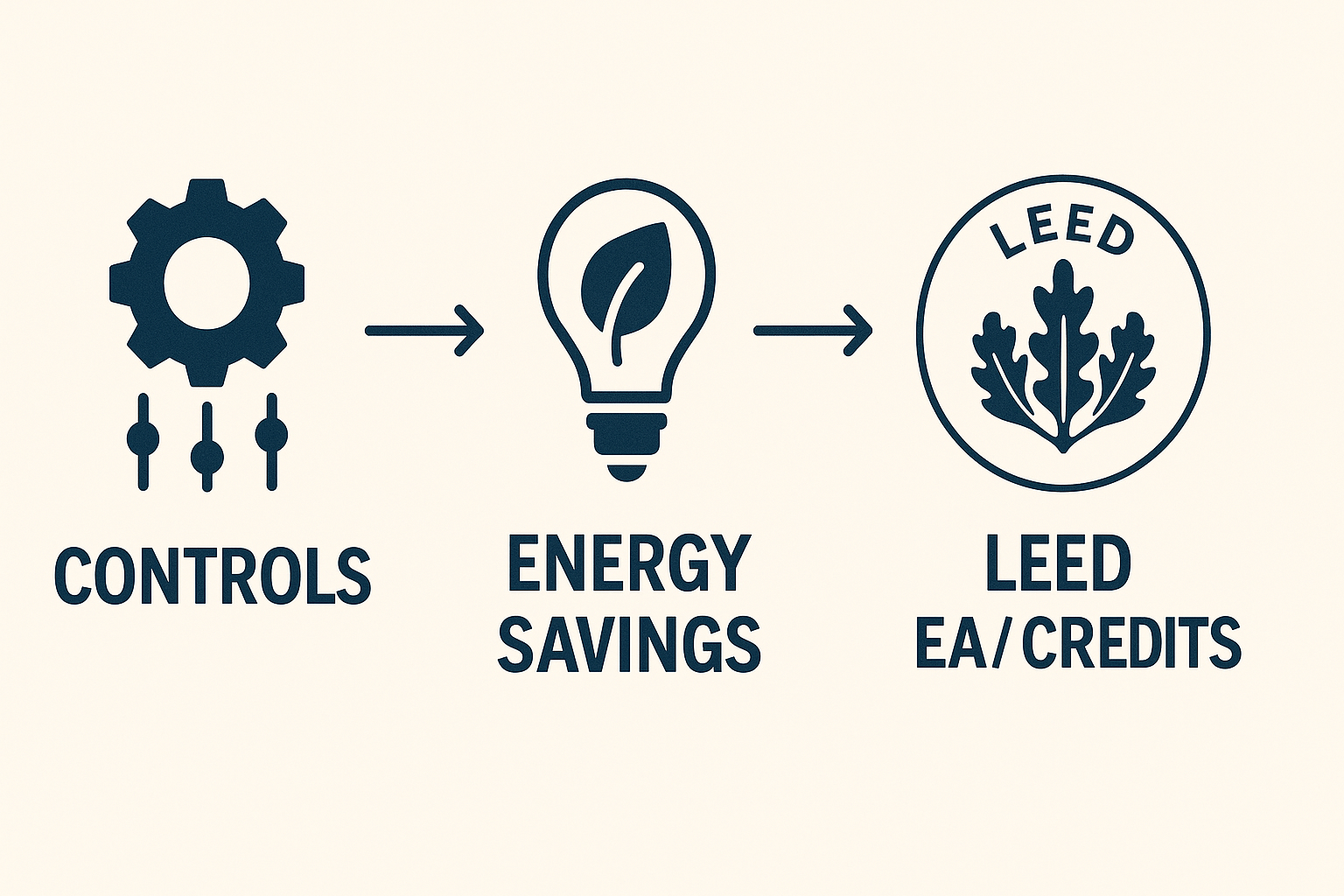
Translation: Smarter lights = fewer watts, more points, happier occupants.
LEED or no LEED, lighting controls offer everyday wins:
Lighting controls have gone from “nice extra” to essential for modern design. They save energy, keep people comfortable, and help projects hit sustainability goals, all without constant human effort.
In crux: smarter lights create smarter spaces, and everyone benefits.